In the last few years, the heavy winter rains have nourished plant life all over SLO County, making the hills green and giving us beautiful shows of Super Blooms. The extra moisture has also helped weeds and invasive species flourish. One of the most obnoxious weeds for pet owners is the foxtail. Foxtails are grassy weeds that spread extremely fast due to their high seed production. This blog will introduce this plant, the dangers it poses to our pets, and how to remove the weed safely in our watershed and beyond.
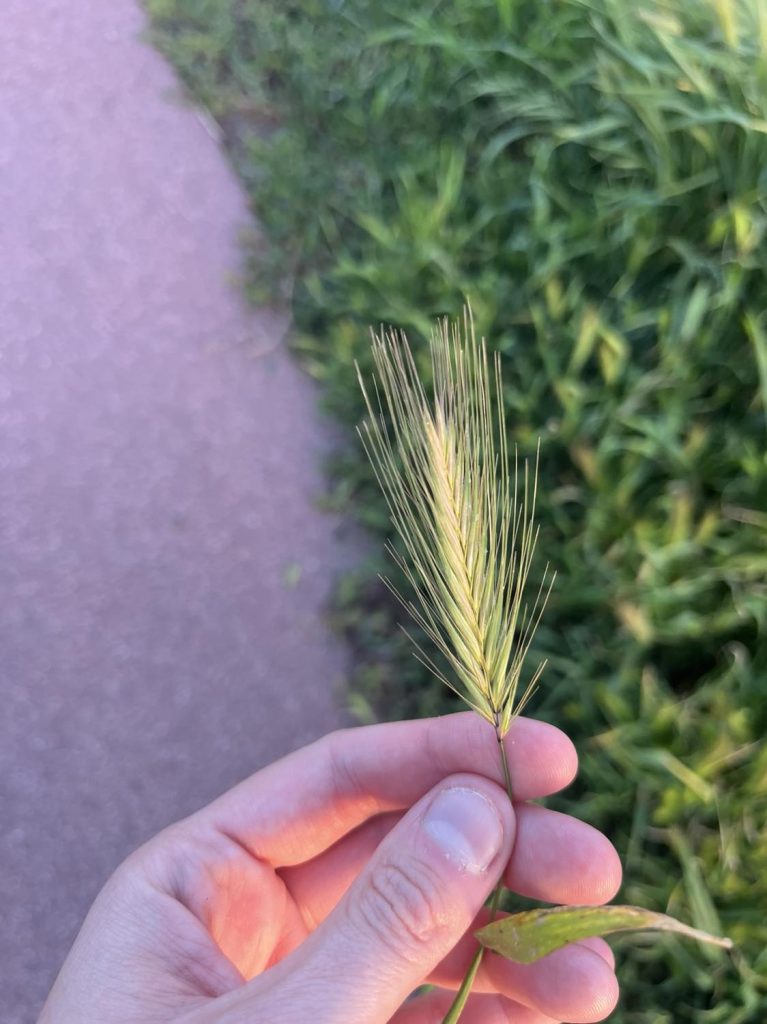
What Are Foxtails
There are many different plants that are commonly called foxtails. In general they are annual summer grassy weeds that have barbed seed pods. Early in the spring, foxtails look like a small green grass. As the weather warms up, the seed pods start to form and become exposed. Foxtails are more easily recognized by this distinctive seed that looks like the bushy tail of a fox. The seeds are barbed, which makes them efficient at burrowing into the ground and spreading their seeds.
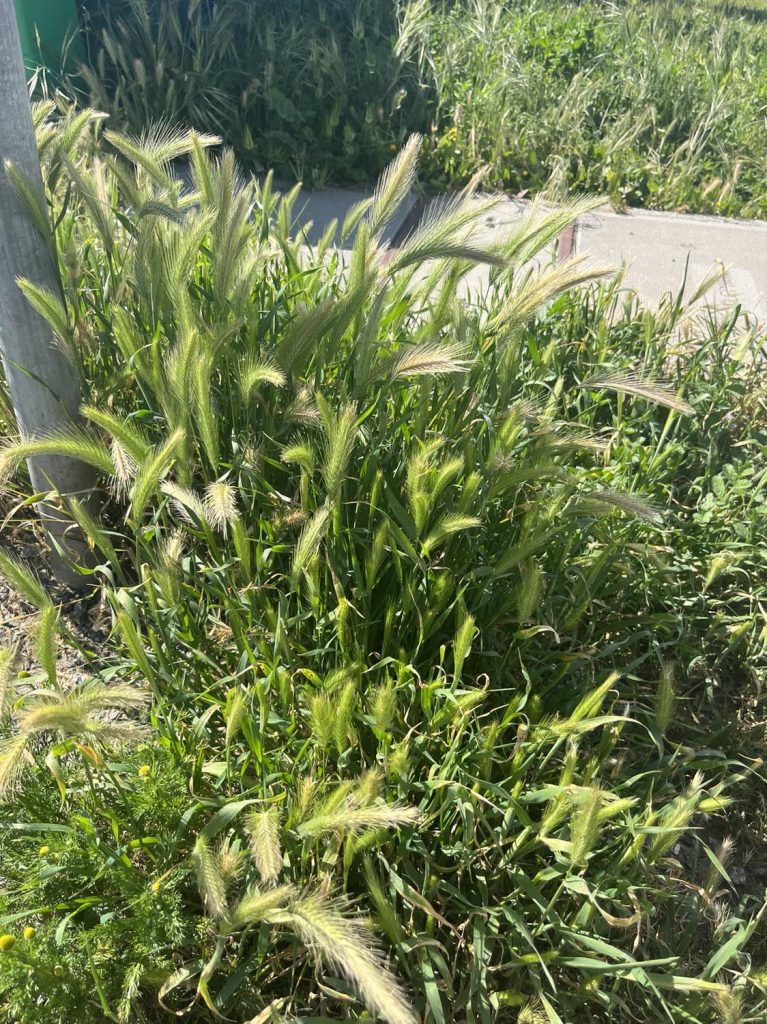
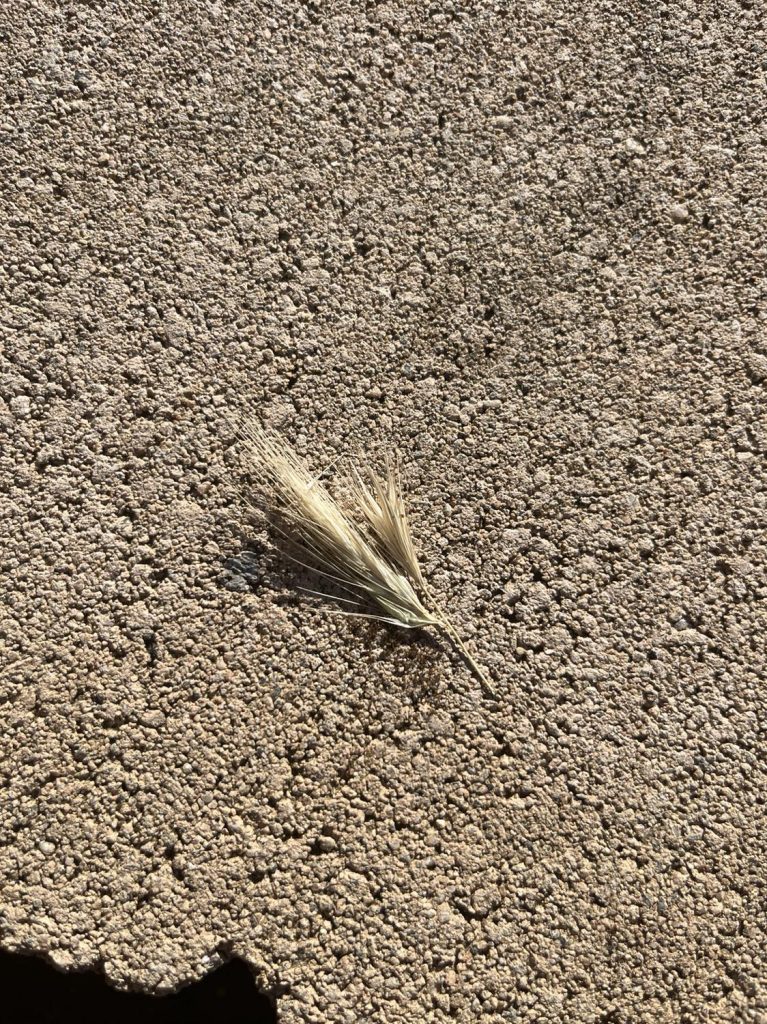
Foxtails and Our Pets
Foxtails are especially challenging for pet owners. Given the nature of the barbed seeds and how they burrow into the ground, foxtails also can burrow into your pet’s skin, including their paws. This can cause irritation and pain and require surgical removal. If left untreated, foxtails can burrow further into your pet causing many serious health problems.
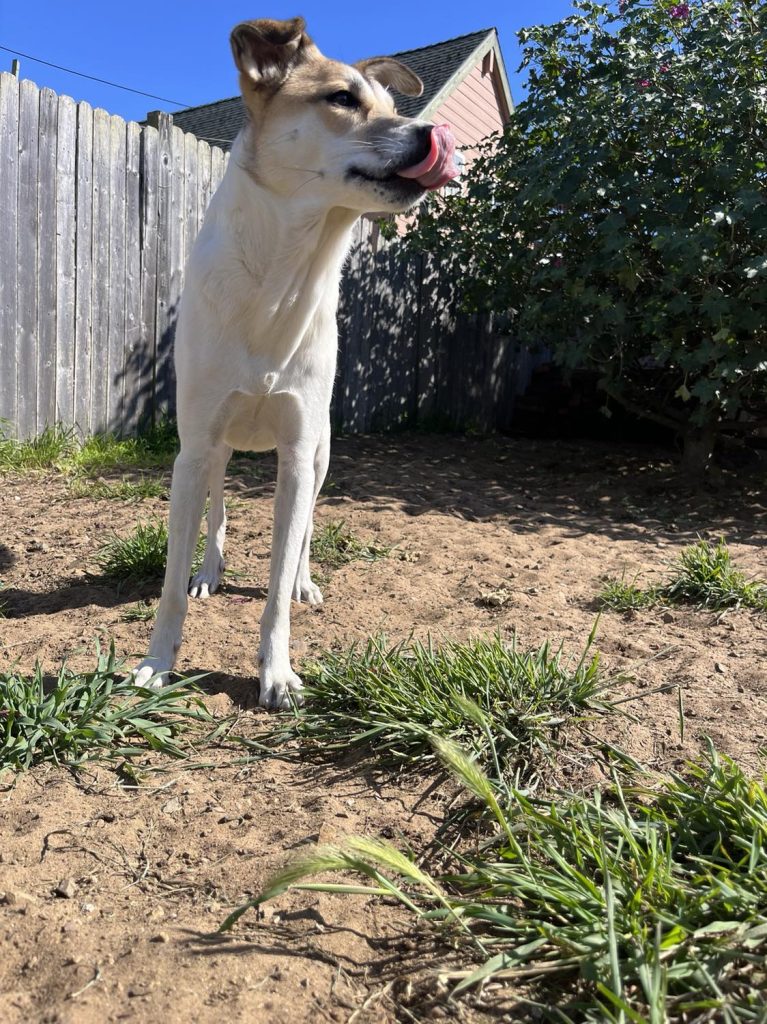
As pet owners, you need to be diligent during the springtime to survey your yard for the beginnings of these weeds. During late spring and summer when the seeds turn brown, keep your eyes out for the seed pods and keep your dog away from the plants. The barbed seeds can easily be sniffed up by your curious dog. They can also burrow into a pet’s ears, mouth, chest, and eyes. Watch for signs such as excessive head shaking, blood from the nose, limping, and swelling.
Check out this article from PetMD for tips to keep your dog safe, including doing paw checks after walks, doing a thorough brushing, and limiting off-leash range in areas with foxtails.
Removing Foxtails from Your Yard
Similar to other weeds, the best way to get rid of foxtails is to pull them! Once the seeds are visible, removal efforts such weed whacking will only cause the seeds to spread. The dried seeds are the part of the plant that are of most concern to pet owners, so the best way to remove the foxtail is to grab it by the roots and make sure you remove the full plant from root to seed.
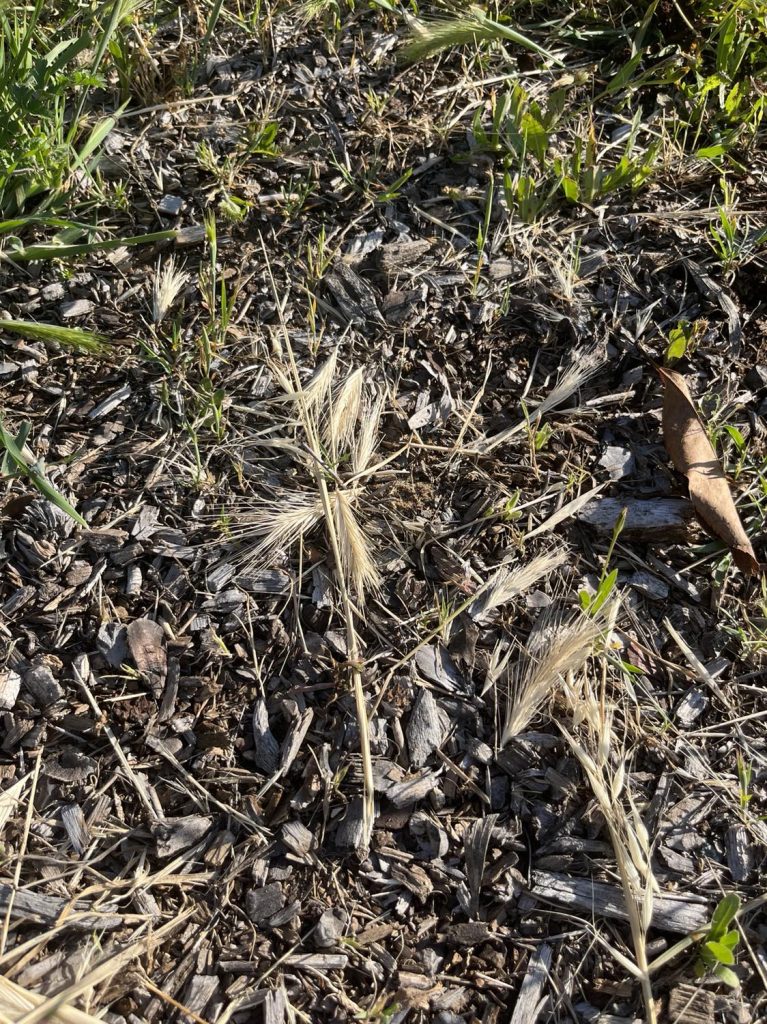
Herbicides only kill the plant, leaving behind the seed pods. Additionally, many herbicides can harm other nearby plants. Water from rainfall or over-irrigation can carry the herbicides and other chemicals from our yards into nearby creeks and estuary, impacting water quality. Nontoxic weed killers or vinegar would work to kill the weed, but the only way to remove the foxtail seed is by hand.
With a little diligence, we can keep our yards beautiful and our pets safe!
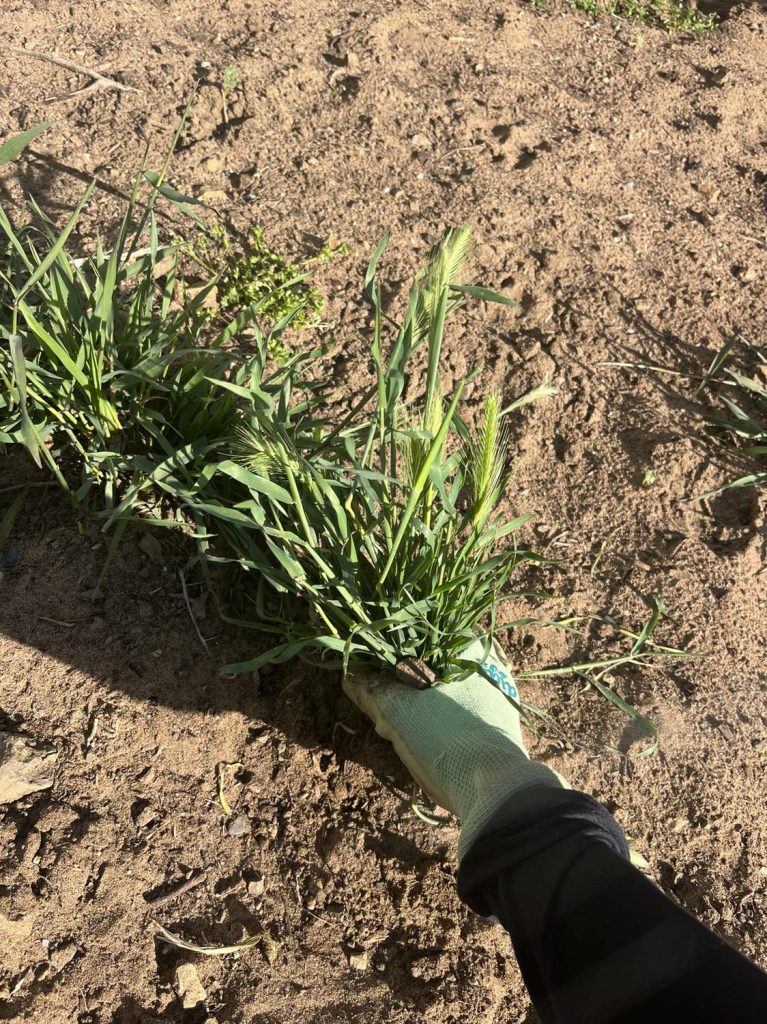
Other Mutts for the Bay blogs and tips on how to be an eco-friendly dog owner:
Help us protect and restore the Morro Bay estuary!
- Donate to the Estuary Program today and support our work in the field, the lab, and beyond.
The Estuary Program is a 501(c)3 nonprofit. We depend on funding from grants and generous donors to continue our work. - Support us by purchasing estuary-themed gear from ESTERO. This locally owned and operated company donates 20% of proceeds from its Estuary clothing line and 100% of Estuary decal proceeds to the Estuary Program. Thank you, ESTERO!
- Purchase items from the Estuary Program’s store on Zazzle. Zazzle prints and ships your items, and the Estuary Program receives 10% of the proceeds.
- Subscribe to our seasonal newsletter: Between the Tides!
- We want to hear from you! Please take a few minutes to fill out this short survey about what type of events you’d like to see from the Estuary Program. We appreciate your input!